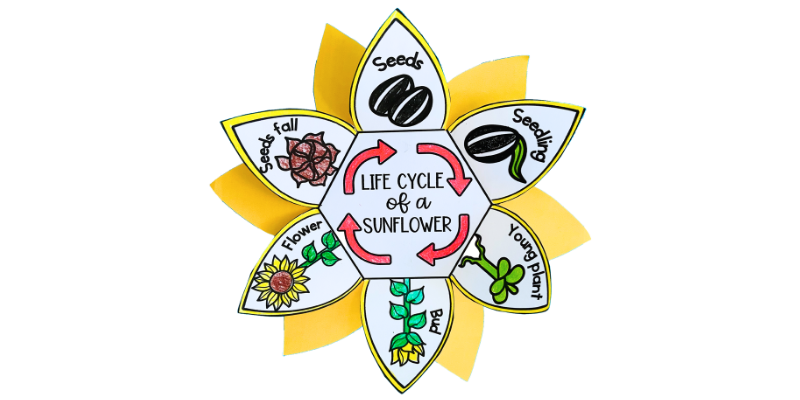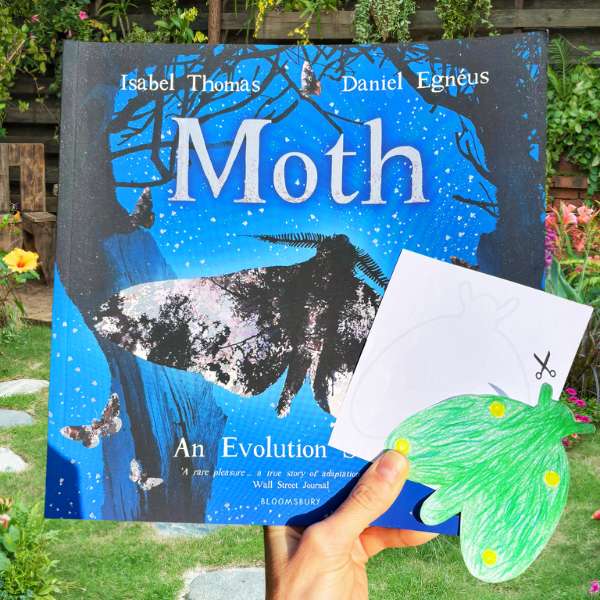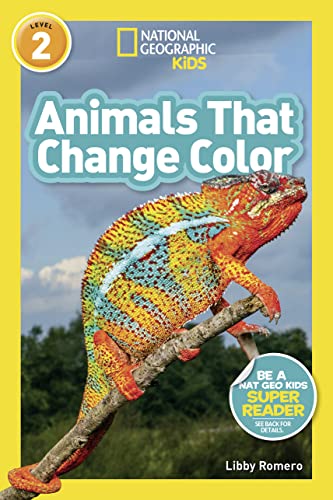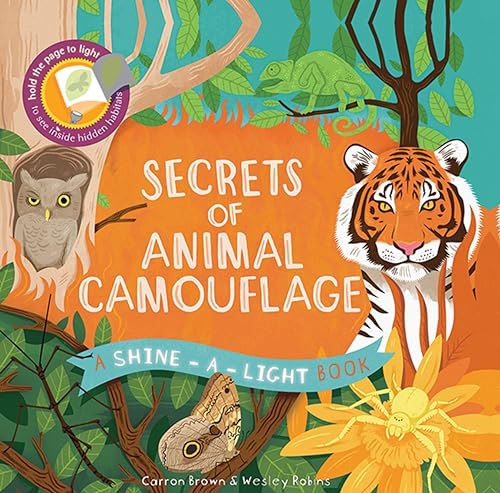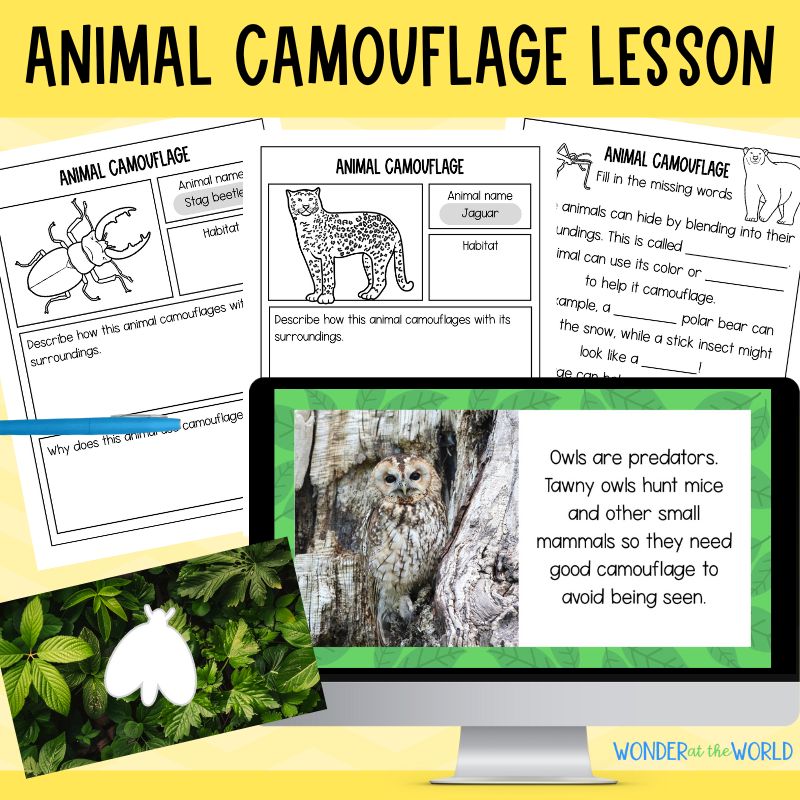Animals use camouflage to hide themselves from others. This could be a predator sneaking up on its prey, or a prey animal keeping itself safe from being eaten! It’s a really interesting topic to explore with children in science, with lots of fascinating animals to learn about.
In this post, we’ll explore engaging ways to introduce the concept of camouflage to young learners, sparking their curiosity and creativity. What are your favorite camouflage activities for kids? Let me know in the comments.
Please note, this post contains affiliate links. As an Amazon affiliate, I earn from qualifying purchases at no extra cost to you. Thank you for supporting my blog by using my links.
Link camouflage learning to the book ‘Moth’ by Isabel Thomas
Moth is a beautiful picture book, telling the true story of the peppered moth. The peppered moth comes in different color variations – a dark and a light form. Before the industrial revolution, the lighter-colored moths had an advantage. They were better camouflaged against the lichen-covered bark of the trees they lived on. There were far fewer dark-colored moths – they were more conspicuous and could be easily seen and eaten by birds. During the Industrial Revolution, trees in and around cities became dark with soot. The darker moths were better camouflaged and the lighter moths were in trouble! It’s a fascinating story!
Although it’s a picture book, Moth is suitable for children up to 11. It tells the peppered moth story in a clear and engaging way. Follow up the story by having children try and camouflage some moths around the classroom or school grounds.
You can buy Moth: An Evolution Story on Amazon.
- Hardcover Book
- Thomas, Isabel (Author)
- English (Publication Language)
- 48 Pages – 06/25/2019 (Publication Date) – Bloomsbury Children’s Books (Publisher)
Camouflage moths linked to the ‘Moth’ story
After you’ve read Moth together, give students a moth outline template. Task them with using color and pattern to camouflage their moth with a background. You can stick to natural backdrops (grass, bushes, soil, bark, flowers) or use anything you have to hand (posters, pencil case, clothing, table top etc).
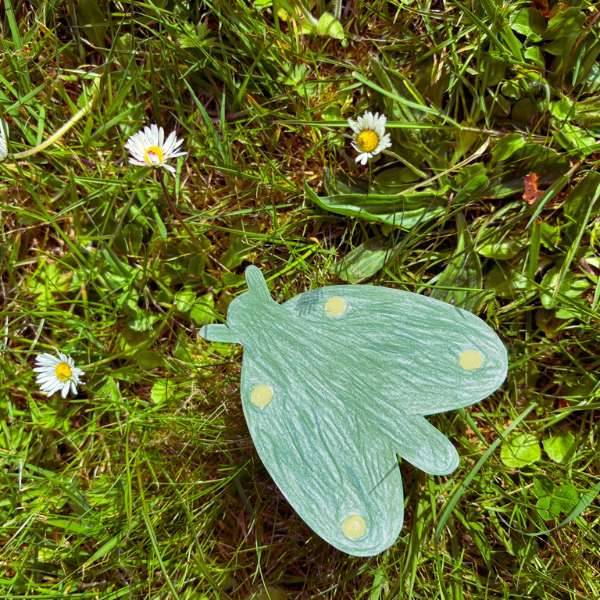
You can download a free page of 4 moth outlines for this activity below.
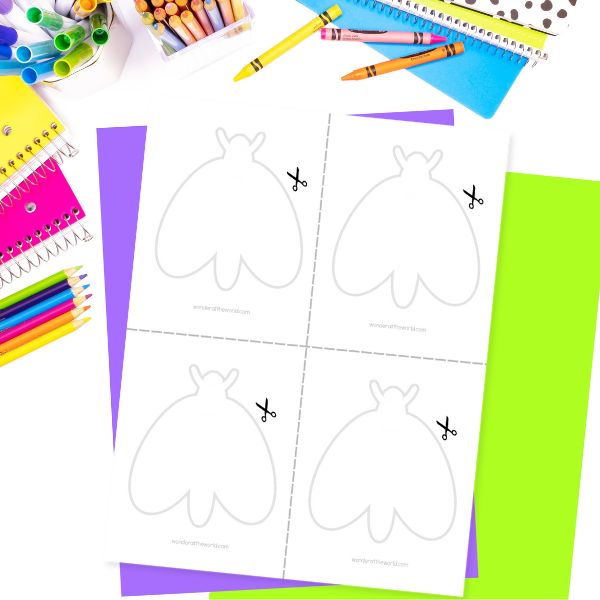

Camouflage a letter of your name
As an alternative to camouflaging moths, children could color the first letter of their name. The letters can be left in situ for a whole class scavenger hunt. Download a free set of letter outlines to use for this here.
Go on a bug hunt
Explore your school grounds for real-life examples of camouflage. Search on leaves, in leaf litter, on bark, and in soil for camouflaged insects and other invertebrates. Students could make observational drawings of what they find, and note how those that use camouflage have colors, patterns, or shapes that help them blend into their background.
If you need some tips about how to organize a bug hunt, see my blog post here for tips.
Wooly worm game
This is a small-group game for inside the classroom or outside. You can either use a natural backdrop like grass, or just use the carpet/flooring in your classroom. You will need 2 colors of wool – one that is closely matched to the color of the surface you are using, and one that contrasts.
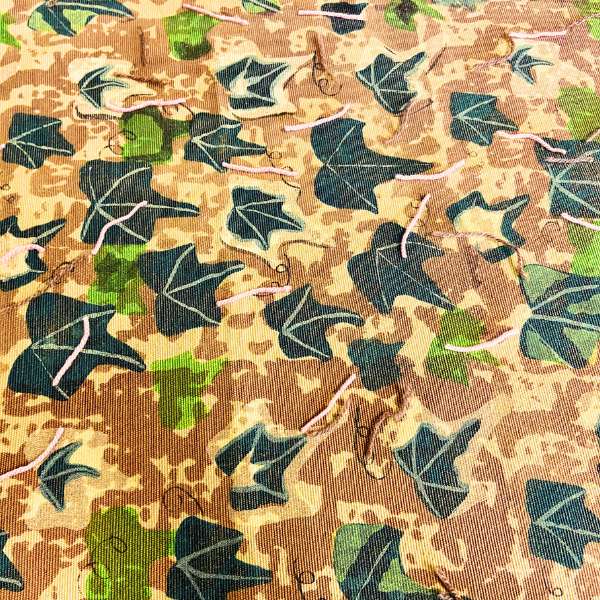

Cut each color of wool into 30 pieces of about 1 inch. Scatter the wool over the surface. This works best for a group of around 3-4 children. Give each child a pair of plastic tweezers and a pot (e.g. plastic cup). They will be tasked with being birds and using their beaks (the tweezers) to collect worms. Allow children 30 seconds to a minute to collect worms in their pots. Adjust the time allowed according to the size of the area they are searching in.
When the time is up, ask them to count up how many of each colored wooly worm they have. They will likely have more of the color that is camouflaged with the background they were searching on. Ask them to explain their findings.
Outdoor hide-and-seek walk
This one requires a little bit of prep beforehand, and an outdoor area. Hide everyday objects within the natural environment. Objects should be visible (e.g. not under anything) but the same color as their surroundings. An example could be a green clothes peg attached to a leaf or a toy brown bear on a branch.
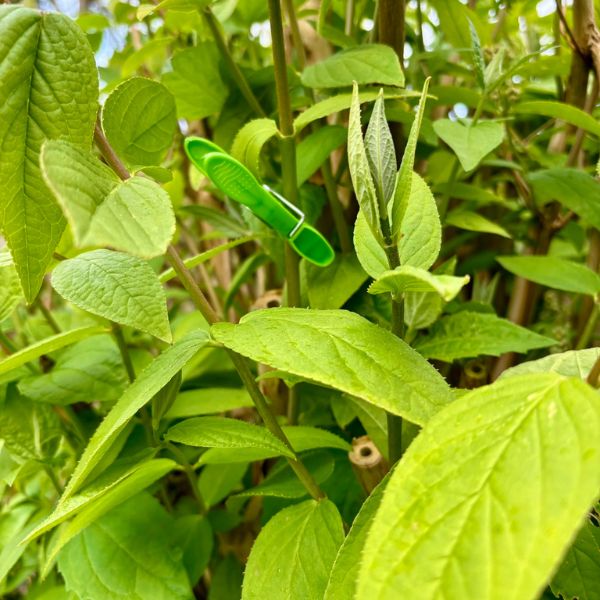

Give students time to look for the objects (or take a walk together whilst students look around them) but ask them not to point when they see something. Instead, they should note what they see and where so they don’t give away where an object is located. See how many they can find, then discuss together which were the easiest/hardest to spot.
As an alternative, you could have a mixture of camouflaged and non-camouflaged objects. Ask children to look around for anything that’s out of place. They may spot the non-camouflaged objects first. You can discuss what made the other objects more difficult to see!
Recommended children’s books about camouflage
In addition to ‘Moth’ here are some other children’s books about camouflage that you might want to use with your class.
- Hardcover Book
- Jenkins, Steve (Author)
- English (Publication Language)
- 40 Pages – 07/02/2019 (Publication Date) – Clarion Books (Publisher)
- Romero, Libby (Author)
- English (Publication Language)
- 32 Pages – 01/07/2020 (Publication Date) – National Geographic Kids (Publisher)
- Hardcover Book
- Brown, Carron (Author)
- English (Publication Language)
- 36 Pages – 06/01/2016 (Publication Date) – Kane/Miller Book Publishers (Publisher)
Need a full lesson on animal camouflage?
With a 27-slide presentation, worksheets, and animal outlines to color and camouflage, my ready-to-use complete science lesson will save you time. You can purchase it in my TpT store below.
Further reading – blog posts from Wonder at the World
It’s All White: Animals That Change Color for the Winter
Outdoor Learning: Getting Creative with Patterns in Nature
Join the Wonder at the World mailing list
